We live in a digital era that is defined by data. Imagination today is so different from the past as it is closer to reality than ever, as data is the center of forecasts.
Learning analytics has drawn the attention of the education sector. It has proved to be a useful tool for collecting student’s data to better understand the learning environments for optimization purposes. Educational data mining and analytics are geared at transforming education.
What Is the Impact of Learning Analytics in Education?
Here is the significant impact of learning analytics in education.
1. Prediction of the Learners’ Performance
Learning analytics allows educators to assess a student’s current performance and future performance. With these insights, educators can tell the likelihood of a learner to pass a given course. At this point, they can decide whether the students need extra support.
Students struggling with their grades can, for instance, be provided with supplementary learning materials. They can be assigned essays to improve their critical thinking and writing skills by interacting with professional writers from essayservice.com.
With these insights, educators can identify the best approach to take to improve the learners’ grades.
2. Increasing Student Retention
One of the reasons students drop out of school, be it high-school, college, or higher learning, is failure. Students can get overwhelmed if they increasingly fail courses, and they have to retake them. This leads to the piling up of work, which stresses them.
In other cases, the students are unable to raise more fees to cater for the repeated sessions. Seeing that their peers are advancing without them can also create a feeling of hopelessness.
Learning analytics plays a crucial role in improving learner’s performance, preventing dropouts linked to failing. By identifying what an individual learner needs, educators can enhance their performance.
This increases motivation, and cases of dropouts consequently reduce.
3. Cost-Efficiency
Learning analytics brings about cost-efficiency in education. This is something that benefits both the educators and the learners.
For instance, if educators can identify the best teaching techniques for given courses, they can save time. Resources will be directed to efforts that will bring results. This will lower the instances of repetitive teaching, which can be expensive.
The learners’ performance is improved through learning analytics, and they don’t have to repeat courses. Note that they have to pay again to redo the failed courses. Cost-efficiency reduces the financial burden on the students and the learning institution.
4. Improved Courses
Be it online or on-site courses, the data collected through learning analytics can help improve them. The educators can identify the aspects of the courses that students are having challenges with. They can then develop the course and make them less complicated for the students.
The result is an effective transfer of knowledge and an impactful learning environment for the students.
5. Personalized Learning
Personalized learning has a positive impact on students’ performance. Personalized learning focuses on tailor-made to the needs of individual students teaching techniques. A specific approach to a student’s strengths and weaknesses has more potential to boost their performance.
Learning analytics helps the instructors tailor the learning experience to the individual needs of the students. Customized learning provides learners an environment where they can have better engagement and understand topics better.
How Can Learning Analytics Be Used in Educational Institutions?
Here are the ways educators can incorporate learning analytics into their programs.
1. Measure Students’ KPIs
Learning analytics can measure the leading key performance indicators of the learners to inform course design decisions. Some of the metrics to be measured include knowledge retention. These can help educators identify the learning materials that enhance recall.
Graduation rates, subject proficiency, and even students’ performance are some of the metrics learning analytics can measure.
2. Supporting Student Development
Identifying the kind of support that the students need cannot be possible without data. Educators can use learning analytics to determine the type of support the students need. Be it extra learning materials or redesigning the courses can enhance the learning environment to develop the student.
3. Informing Decisions and Strategies
Administrators can use learning analytics in learning institutions to make staffing decisions and measure the courses’ engagement level. With the insights, they can make informed decisions and strategies that will benefit the schools.
In online courses, system designers can design the learning platforms in a way that will be usable and interactive for the students.
Data-informed decisions and strategies result in project success.
Take Away
Data is the future of education. It has come to the attention of instructors that information is instrumental to a thriving learning environment. By using learning analytics, educators can predict the students’ performance and offer the necessary support to develop them.
Learning analytics can also help in the administration of the learning institutions. Learning analytics helps the different stakeholders in education to understand their students and learning environment for constant improvement.
Data enhances the decision-making process. With real insights, hypothesizing is reduced, and strategies that can make an impact are implemented. Data-driven learning is the future of education.




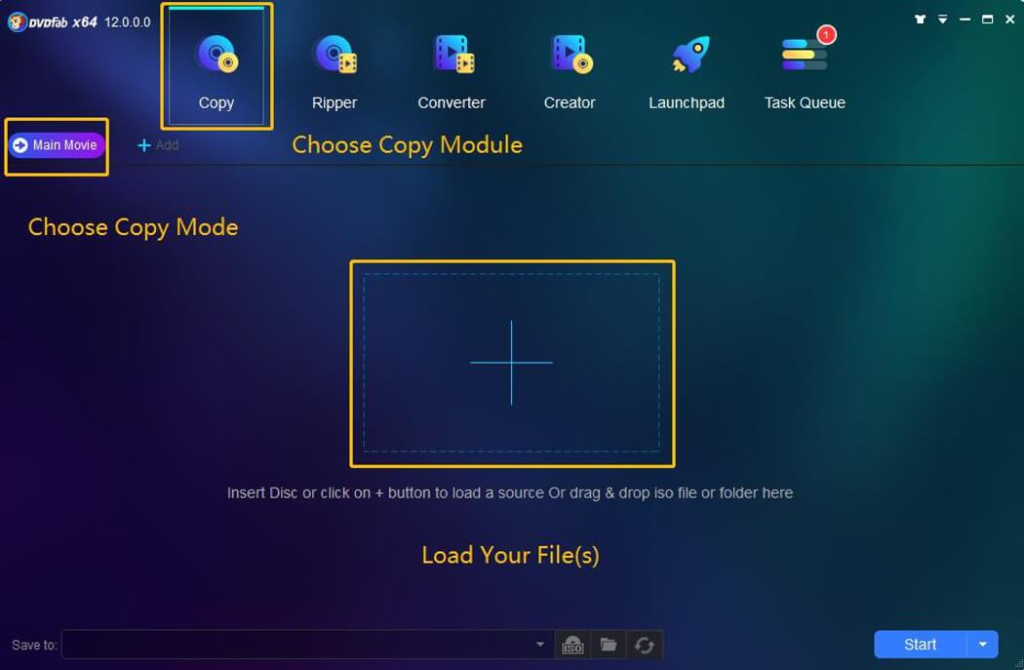
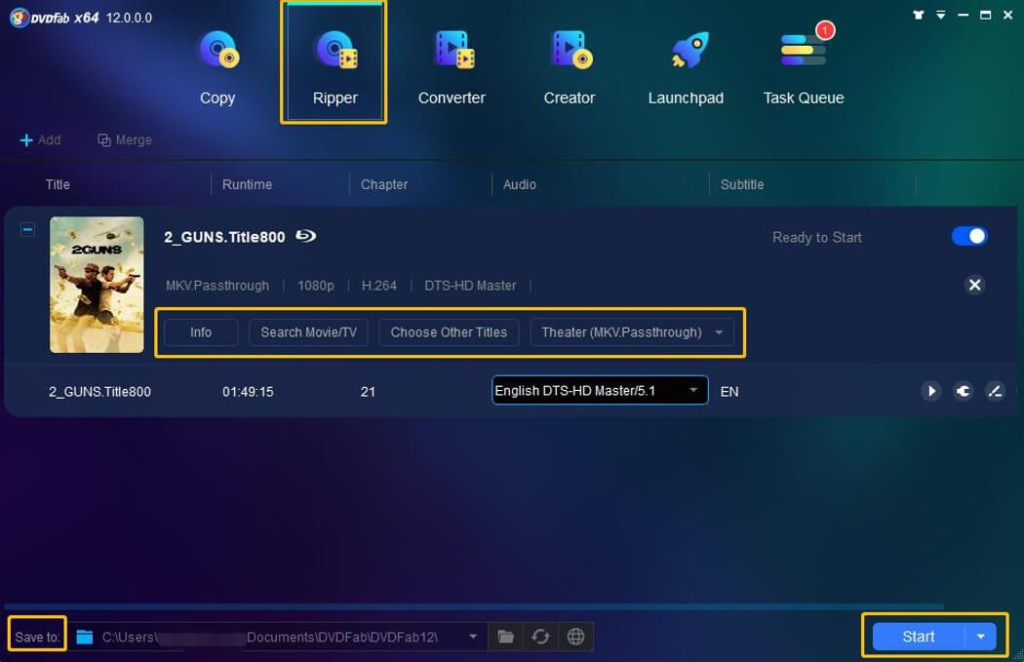
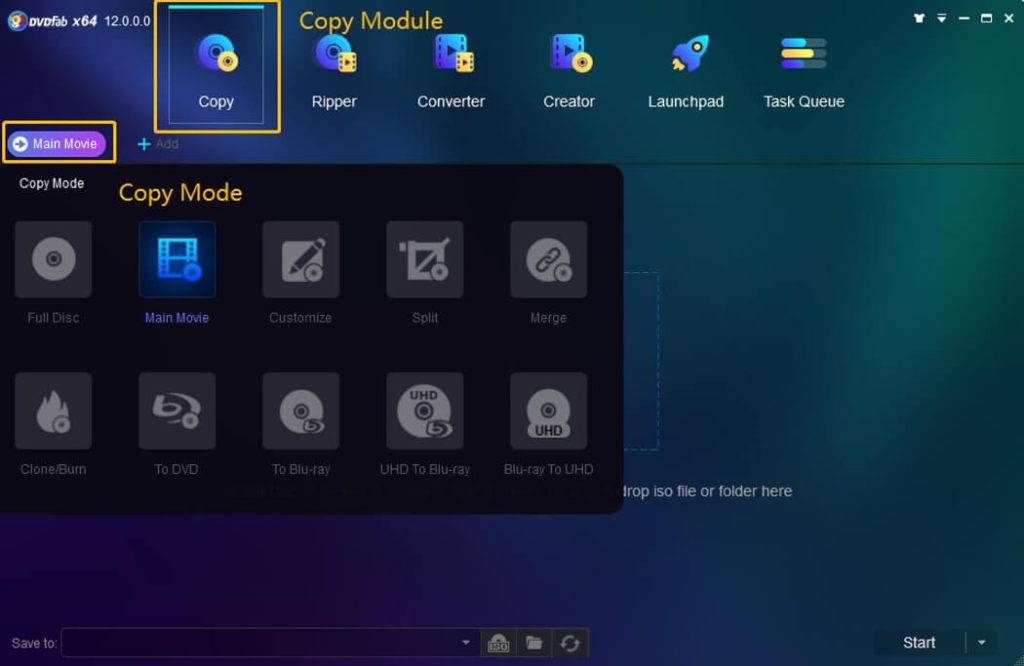
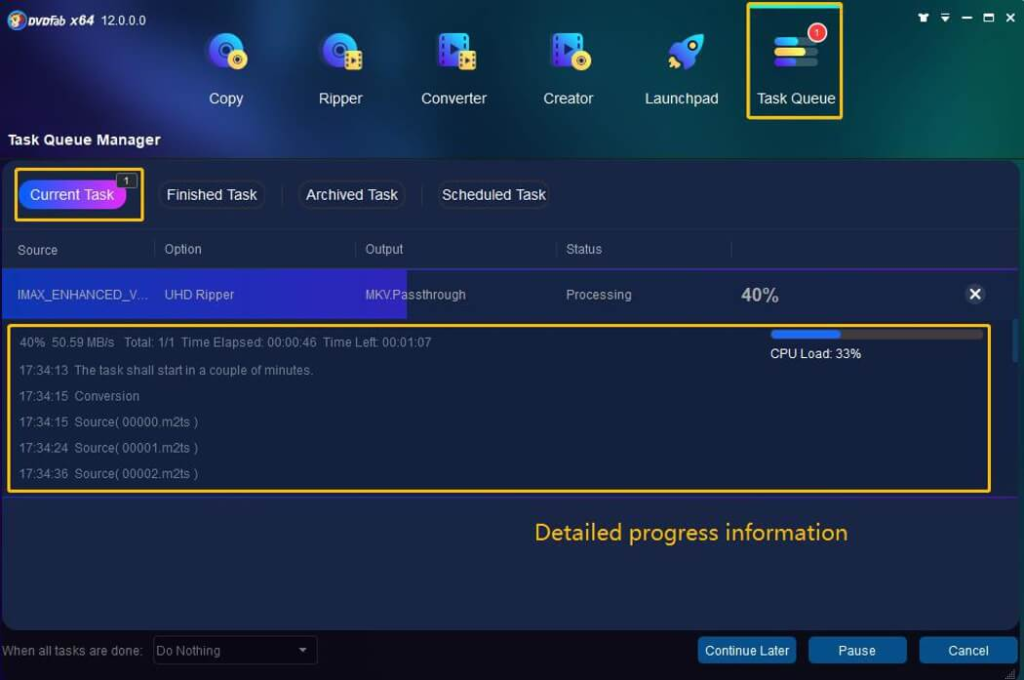
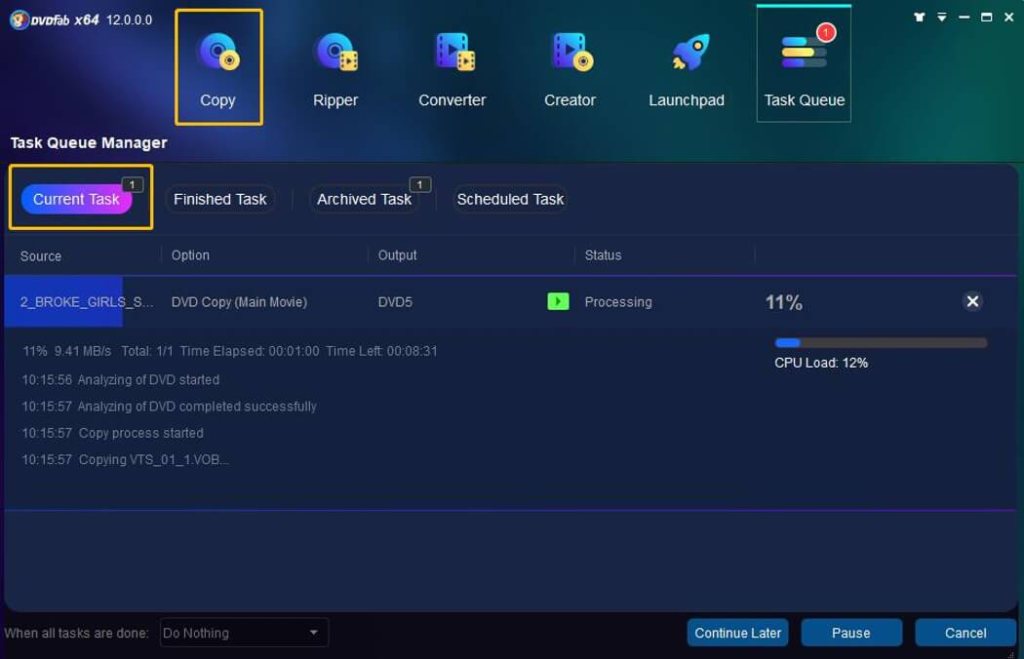












Social Media Icons